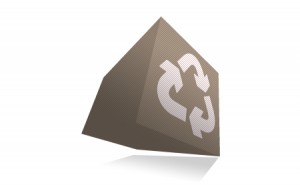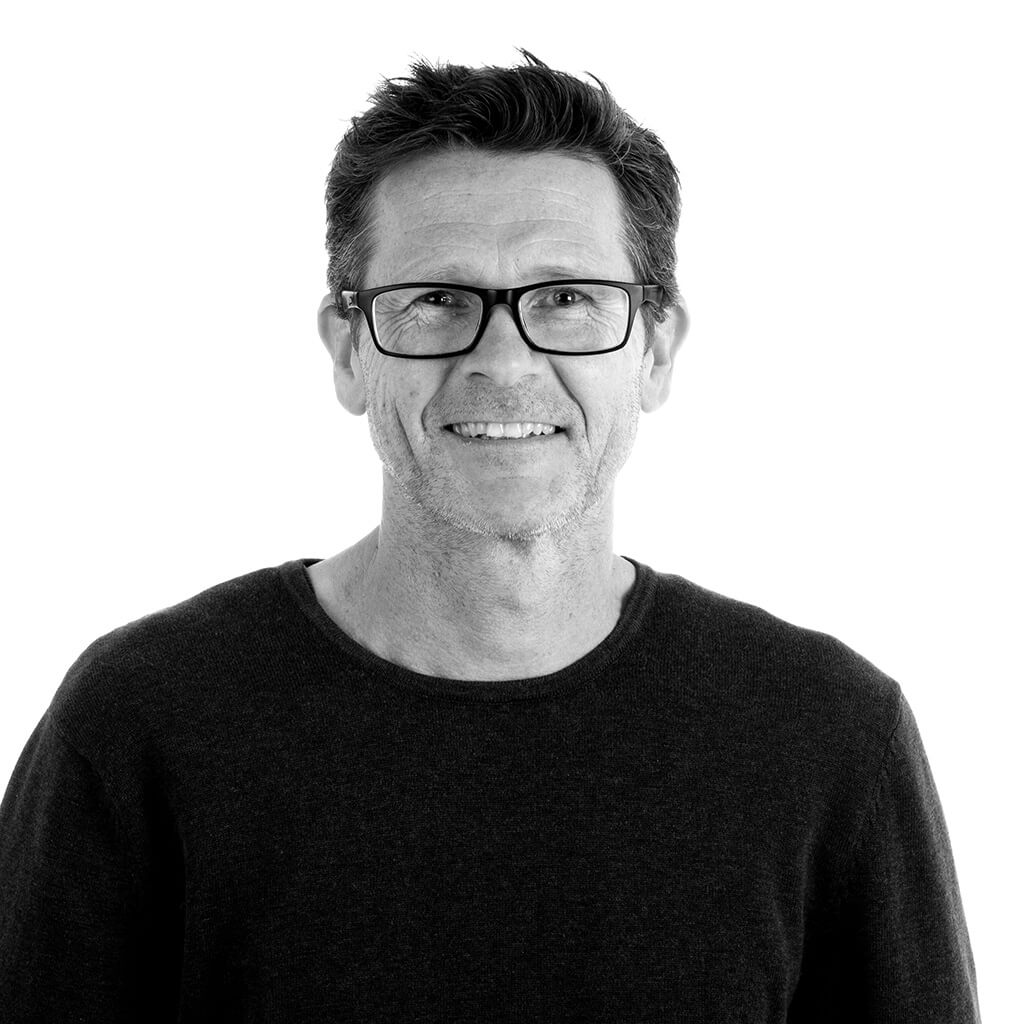Packaging
So often wasteful!

There is no denying that packaging is an essential item for products: it contains, protects, promotes, and much more. And as a designer it is one of my favourite areas of design because it is challenging and you need to really think about it so much to make it successful.
Every project has requirements and restrictions, but packaging tends to have more than most. Depending on the contents, a whole plethora of design functions will need to be thought through, rationalised and designed.
More importantly than the obvious question of where and how the graphics will be applied to the outside of the pack, is what are the function/s of the packaging and how do we best create this in an economic and environmentally responsible way.
To achieve this we ask lots of questions and follow a few simple steps:
Contents:
What is it that the pack actually has to contain? A liquid will need different materials and design than a box of eggs. Are there multiple items of various sizes and shapes that will need to be held apart securely?
Display:
Will the contents need to be viewed at first glance or will there be a situation where the contents are revealed in an enticing interaction way with the consumer be more appropriate and rewarding.
Protect:
Does the packaging need to be waterproof; protect what’s inside from light; take hard knocks and protect fragile elements.
Production and Handling:
After getting a clear picture on the above requirements, the big step of production comes into play. How will we create the packaging to fit the requirements most economically through the use of carefully selected materials and a design that can use the minimum number of pieces (such as inserts) and cost effective materials (and the use of recycled materials where possible).
The design needs to allow for economical packing and handling, reducing the weight of the container itself can save on air freight, while ensuring that the container holds items with minimal empty space in it to reduce shipping costs, especially important when shipping large volumes.
More importantly is the fact that excessive packaging that is larger and uses more materials than needed is expensive to our planet. Especially when manufactured from materials that are harmful to the environment such as polystyrene and toxic solvent based inks (as opposed to water based).
End Use:
The end use simply addresses basic form and function issues such as; if it is a liquid container will the package need to pour the contents like a wine bottle or as a soda can does.
Now more emphasis is placed on where will it end up. Will it go into landfill or can it be reused or recycled.
At Jack in the box we aim to come up with the best solutions for the packaging requirements of our clients, and the planet, by designing for a smaller carbon footprint in all facets of a product’s packaging.

